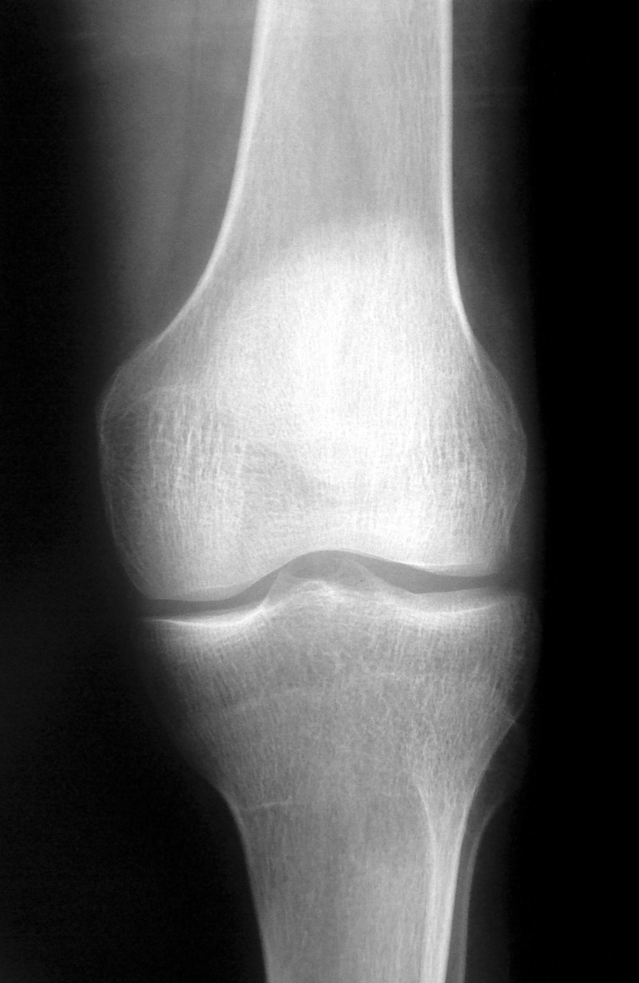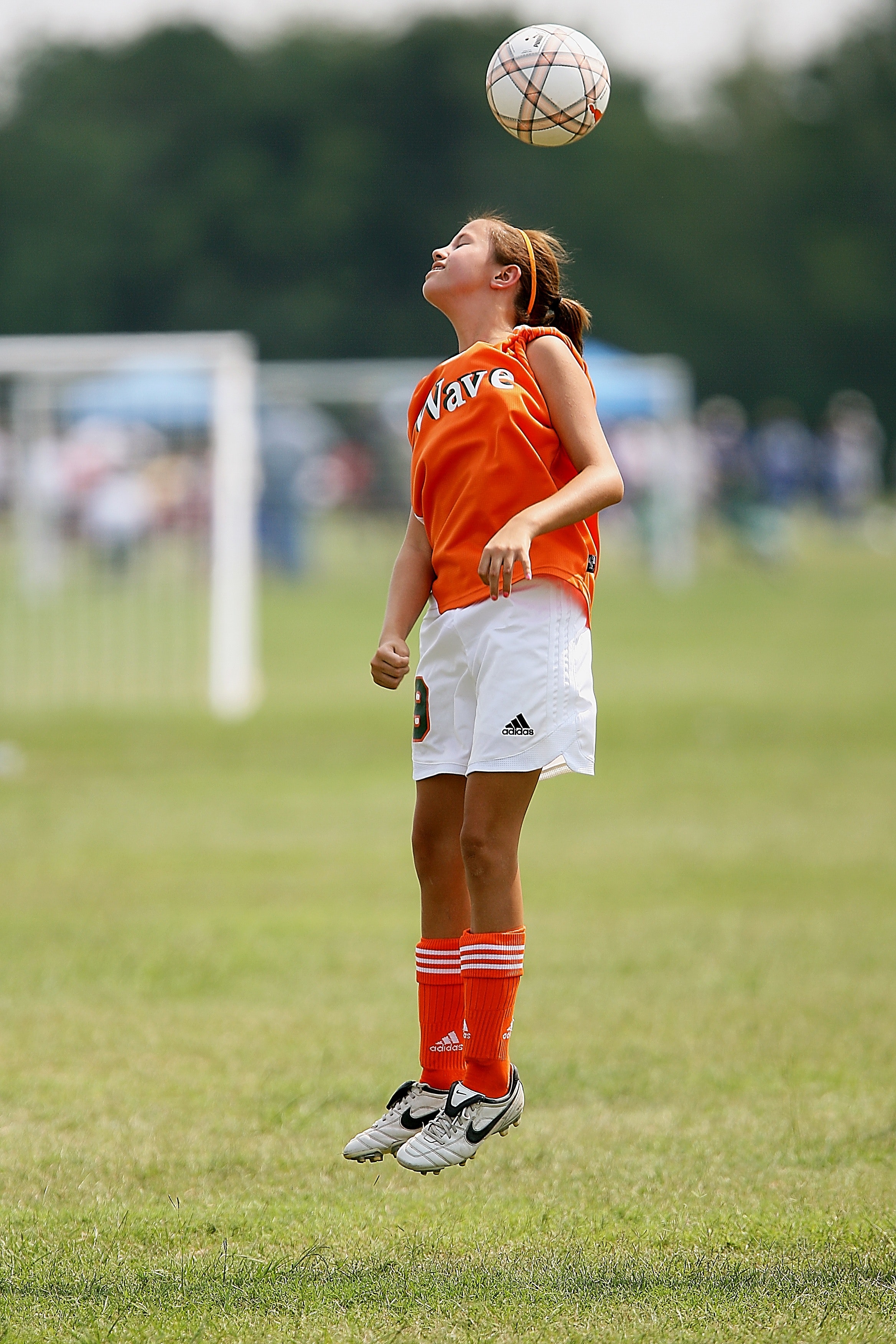Active children are at risk for bone injuries; unlike adults, children can be vulnerable to injuries that involve the growth plate. Injuries to the growth plate are more likely to happen in active or competitive athletes. While there is typically no long-term impact on a child's growth due to these injuries, it is important for parents to understand what a growth plate is and what to be aware of if their child has a bone-related injury.
What exactly is a growth plate? The growth plate is the area of growing tissue near the ends of the long bones (Femur, Tibia, radius, ulna, humerus) in children and adolescents. Each of the long bones has at least two growth plates, one at each end. These growth plates make cartilage cells that will become bone - this is what creates longitudinal growth and makes kids taller. Within the bones of the hands and feet, there may just be a single growth plate.

Dr. Brian Scannell, a pediatric orthopedic surgeon with OrthoCarolina, says that growth plate injuries “are very common and account for almost 30% of fractures in children”. This is due to the area around the growth plate being “a little weaker than the surrounding soft tissue structures like the ligaments. Therefore, children more commonly have fractures of the growth plate versus ligamentous injuries.” So how does the growth plate get injured? Growth plate injuries can occur from any trauma that your child may have including falls or car crashes but growth plate injuries most commonly occur during sports activities. Doctors also see growth plate injuries that are related to overuse and repetitive use, “they are common in sports like gymnastics and in throwing athletes” says Dr. Scannell.

If your child is diagnosed with a growth plate injury, the doctor will first classify the growth plate to determine the best course of treatment. These treatments can range from a cast to surgery. The factors that a doctor looks at when assessing and treating a growth plate injury are as follows,
- Which bone is injured
- The type/classification of the fracture
- How much the broken ends of the bone are out of alignment
- Age of the child
“A lot of these injuries can be treated successfully with a cast alone. Some will need a “reduction” where the bones are realigned if the bone is displaced and then it is placed into a cast. Some fractures based on the age of the child and which bone is injured will require surgery. "With surgery, the bone is realigned and put back into place and then usually held with a plate, wires or screws. Often after surgery, children are still immobilized in a cast for a period of time.” Dr. Scannell said.
There are not usually any long-term problems related to the growth plate once it is healed. Most injuries to the growth plates heal without any issues. Dr. Scannell said that “growth plate injuries to the hands and feet rarely cause any growth issues in the future. For some growth plate fractures, we worry about the growth plate growing abnormally - either not at all or that it grows with an angular deformity. Because of this, there are certain growth plates around the knee and ankle that we will frequently follow for up to a year or so after an injury to ensure proper growth. If these complications occur, we (pediatric orthopedic surgeons) do have ways to help from a surgical standpoint.”

What about growing pains? Growing pains are a common complaint but are not related to growth plate injuries and actually do not even involve the growth plate. Doctors do not fully understand growing pains but they are more muscular related and not bone related. Other common issues in children including like Osgood Schlatters at the knee and Severs Apophysitis at the heel are related to growth plates. The tendons that are involved are attached to growth plates. “When children grow a lot and are very active, repetitive traction of the tendon on the growth plate can cause inflammation and pain. Typically these issues are self-limited and improve with stretching, icing, and sometimes anti-inflammatory medications“ according to Dr. Scannell. Growth plates typically close within a few years of the onset of puberty. This time frame may vary based on each individual child but typically growth plates will be closed by 14 for girls and 16 for boys.
Want to learn more? OrthoCarolina has a wealth of information related to children and teens growth and development. You can read more at OrthoCarolina.com.
Dr. Scannell is a Pediatric Orthopedic Surgery at OrthoCarolina. Raised in Charlotte, Dr. Scannell graduated with Honors from the University of Georgia. There he was an NCAA All-American swimmer. He received his medical degree from the University of North Carolina at Chapel Hill. While there, he met his wife who is a pediatrician. He completed his residency, which included participation in a year-long research fellowship, at Carolinas Medical Center. In 2013, he completed a fellowship in Pediatric Orthopedics at Rady Children's Hospital of San Diego. He currently serves as the Associate Program Director for the orthopedic residency program and the Medical Student Director for orthopedic surgery. He has a wide range of pediatric clinical interests including trauma, spine, hip disorders, and lower extremity deformity.
To make an appointment with Dr. Scannell or one of the other OrthoCarolina providers call 704-323-2778
Get social with OrthoCarolina


